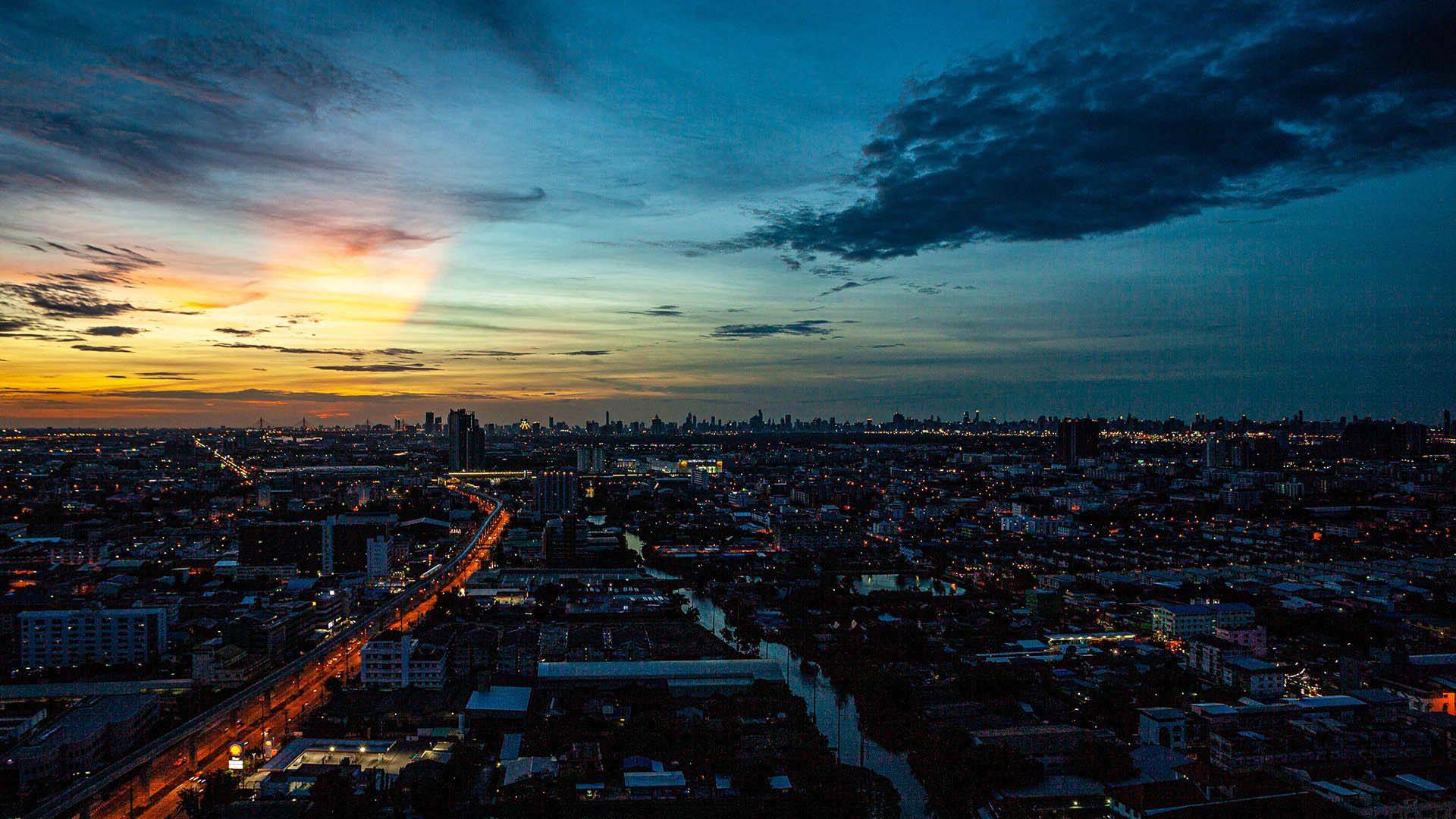
How we’re making it easier for our teams to embed sustainability into our project designs.
Melanie Collett, Director of Technical Excellence Australia and New Zealand shares insights into how our Safety and Sustainability in Design process is fast-tracking the implementation of sustainability into our project designs.
Why did we introduce Sustainability and Safety in Design (SSiD)
Embedding environmental, social and governance outcomes in everything we do is fundamental to our Sustainable Legacies strategy. Safety in Design (SiD) has been a legislative requirement in Australia and New Zealand since 2012; we apply it to every design project we work on. In 2022, we introduced sustainability, another 'S', into the SiD procedure as part of our commitment to updating and aligning our processes with industry expectations.
The Engineers Australia criteria for becoming a chartered professional engineer highlights our responsibility to develop safe and sustainable designs. It led us to realise the connection between safety and sustainability, and we formed a working group to merge both into a single process without adding a whole new layer of complexity to our teams' work.
How does SSiD work in practice?
SSiD follows the same path as our SiD design process. We formalise this process with SSiD workshops, where designers, asset owners, operators, maintainers, and constructors meet regularly to review the design, discuss sustainability and safety issues, and consider how to make a project more sustainable throughout each phase.
They then use a risk assessment process to identify hazards, assess risks, and develop a risk rating. If something is high-risk, they consider mitigation measures to incorporate into the design. Any remaining risk is documented and reported to the next phase.
What are the biggest challenges for our teams when embedding SSiD?
One of the biggest challenges is that many of our teams don't understand what embedding SSiD means or how to tackle it. It's like when we first started with SiD.
We're all on a learning journey, figuring out what sustainability in design means and how to update our designs to make them more sustainable. It starts with asking basic questions, such as: Can we eliminate something to make it more sustainable? Do we need to build something from scratch, or can we repurpose what we have? Can we substitute any materials? We use the process to review the project's whole lifecycle from design to construction, operations and maintenance and finally, decommissioning.
How many of our projects apply SSiD?
The adoption of SSiD currently varies across our projects. However, more projects are incorporating SSiD as teams become more comfortable with it. Because SiD is a legislative requirement, the aim is to apply SSiD to all our design projects.
Implementing SSiD across all our design projects will take time, as it involves both learning and adaptation of existing procedures. Each Technical Practice Leader has developed and delivered training on SSiD for their practice area. We are now focusing on next steps and the specific areas each practice area should concentrate on.
What stage of the project lifecycle can it be applied, and who is responsible?
We can apply SSiD at any phase of a project. The earlier it is considered, the more effective the controls can be.
The responsibility for implementing SSiD lies with the project engineers and designers. We're fostering a mindset shift where everyone actively makes their design more sustainable. It's not about relying solely on a small sustainability team; it's about empowering everyone to find ways to embed sustainable solutions into their designs.
Tell us about a project where we have successfully applied SSiD
We’ve recently been applying the full SSiD process on one of our major infrastructure projects in Australia. The team ran over 20 SSiD workshops during the project's preliminary design phase. By considering safety and sustainability at the outset of each package of works, the project is incorporating sustainable solutions that are cost-effective and align with the client's expectations.
Although the project is still in its early design phase, the team has already started to reap the benefits of adopting the SSiD approach. Through regular workshops, sustainability is becoming a part of the conversation from the get-go. Stakeholders have accepted the SSiD approach right from the outset, and the workshops have now become a routine part of the project. While the positive environmental outcomes of the project are yet to be seen, the team is optimistic that the SSiD approach will help them achieve their sustainability goals.